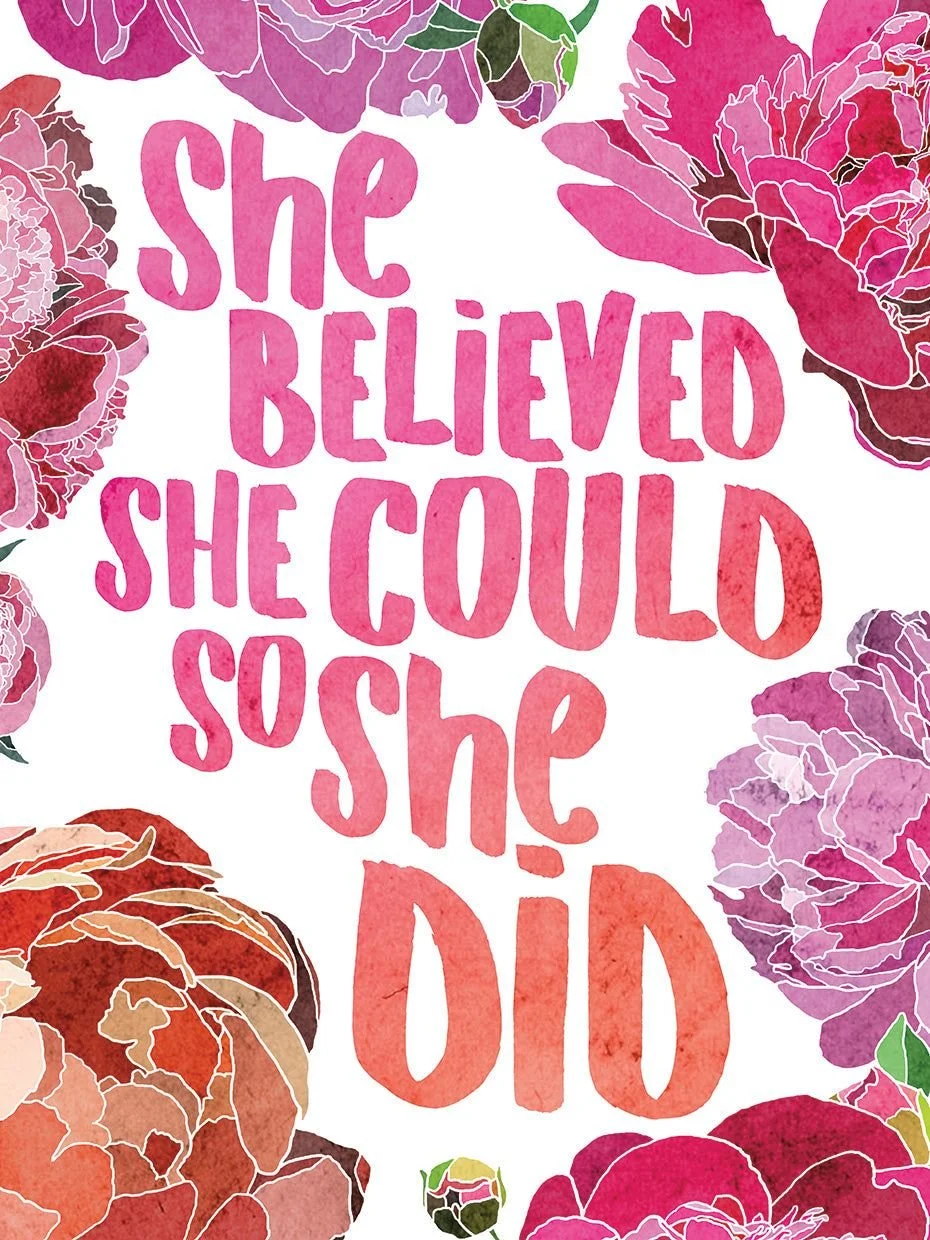When Empowerment Became Aesthetic, Not Equity: The Collapse of the Girlboss Movement
The girlboss movement promised to shatter glass ceilings with a designer hammer, but somewhere between the hustle culture hashtags and the pink millennial aesthetics, we accidentally turned women's professional ambitions into internet comedy gold.
I should know, I was practically born for this girlboss nonsense. Growing up saying "Girl Power" with the Spice Girls and wielding my Little Miss Executive kit (complete with briefcase, fake cell phone, and CEO notepad), I transformed my Barbies into business moguls instead of mothers or girlfriends. My women's college education only solidified what I already knew: we were destined to conquer the corporate world, one power blazer at a time.
But here we are in 2025, and the girlboss has become less empowering icon and more cautionary tale about what happens when capitalism co-opts feminism and spits out a sanitized, Instagram-friendly version of women's liberation.
Women hold 46% of entry-level positions, but this number drops to 25% at the C-suite level, proving that all those motivational quotes and millennial pink aesthetics couldn't hustle their way past systemic inequality.
The Golden Age of Gaslight, Gatekeep, Girlboss
The girlboss movement didn't emerge in a vacuum. It was the inevitable collision of third-wave feminism, social media culture, and millennial financial anxiety.
Coined by Sophia Amoruso in her 2014 memoir about building Nasty Gal, the term initially represented something genuinely revolutionary: women could be entrepreneurs, CEOs, and business leaders without sacrificing their femininity or apologizing for their ambition. "Abandon anything about your life and habits that might be holding you back. Learn to create your own opportunities," Amoruso proclaimed, capturing the optimistic individualism that would define the movement.
But from the start, this girlboss movement was limited to a specific demographic: white, college-educated, Instagram-ready women with the cultural and financial capital to aestheticize their ambition.
The timing of girlboss culture was perfect. We were living through the Obama era of cautious optimism, Sheryl Sandberg's Lean In was dominating bestseller lists with its thesis that women, socialized by gender stereotypes to be submissive, miss out on workplace success due to misplaced insecurity, passivity, and docility, and Taylor Swift was transforming from country sweetheart to pop empire-builder, embodying the girlboss transition perfectly.
The girlboss promised to show us millennial womanhood unfiltered, but ended up being more curated than a Museum of Ice Cream installation. The movement insisted that with enough hustle, enough self-optimization, and enough #MondayMotivation posts, any woman could build her empire. It was feminism filtered through capitalism, wrapped in millennial pink, and sold back to us as empowerment. And we absolutely devoured it.
The Wing Broke, Hillary Lost, and the Dream Died
But like all beautiful lies, the girlboss dream couldn't sustain itself indefinitely.
The cracks started showing when the movement's poster children began falling from grace in spectacularly public ways. Nasty Gal filed for bankruptcy. Elizabeth Holmes of Theranos was revealed as a fraud. The Wing, that millennial pink coworking space, imploded amid workplace toxicity allegations.
Then came the political gut punch: Hillary Clinton's 2016 election loss felt like a nail in the coffin for any illusion that we were close to breaking the ultimate glass ceiling. If a woman with decades of political experience couldn't win, what did that say about our girlboss dreams of effortless female domination?
The numbers tell the real story. In 2022, according to the U.S. Bureau of Labor Statistics, women earned an average of 82% of what men earned, and Payscale's 2025 Gender Pay Gap Report shows little to no progress across several industries. Women remain underrepresented in management roles in the U.S. workforce, with female managers continuing to earn less than male managers. Despite all the girlboss messaging about leaning in and hustling harder, systemic inequality remained stubbornly intact.
Here's what the girlboss movement got catastrophically wrong: it suggested that individual optimization could overcome structural oppression.
Why did we gleefully watch women in power fall apart? Perhaps it was schadenfreude, or misogyny disguised as cultural critique, or maybe just exhaustion with the shallow feminism they represented. The movement placed the burden of dismantling sexism squarely on women's shoulders while conveniently ignoring the institutional changes needed to create actual equity.
The Memeification of Women's Ambition
By 2020, "girlboss" had transformed from an aspirational term to an internet punchline.
The "gaslight, gatekeep, girlboss" meme crystallized everything wrong with the movement: its toxic positivity, its capitalist individualism, and its tendency to replicate the same harmful power structures it claimed to challenge. TikTok users began dissecting the girlboss aesthetic with surgical precision, calling out its performative feminism and highlighting how it often excluded women who didn't fit the white, affluent, conventionally attractive mold.
This memeification was both cathartic and concerning. Yes, the girlboss movement deserved criticism for its shallow approach to feminism and its complicity in hustle culture toxicity. But when we turn women's professional ambitions into jokes, we risk throwing the baby out with the bathwater. The pendulum swing from uncritical celebration to complete dismissal left little room for nuanced conversations about what women actually need to succeed in the workplace.
The tragedy isn't that we criticized the girlboss—it's that we let a flawed movement become synonymous with women's professional ambition entirely.
When we mock the girlboss, we're not just critiquing a cultural phenomenon; we're potentially undermining the legitimate desires of women who want to lead, create, and build without being reduced to a punchline. It's giving the same energy as when people dismissed Fleabag's complex female characters as "unlikable" or when they reduced Olivia Rodrigo's teenage angst to "cringe"—we're so quick to tear down women's expressions of ambition, vulnerability, or authenticity.
Beyond the Girlboss Backlash
So where does this leave us in 2025? The girlboss may be dead, but women's need for economic independence, professional fulfillment, and leadership opportunities is very much alive.
The stats remain brutal: women earned an average of 82% of what men earned in 2022, and Payscale's 2025 Gender Pay Gap Report shows little to no progress across several industries. We can't meme our way out of structural inequality, and we can't shame our way into progress.
But something interesting is happening with younger generations entering the workforce now. Gen Z and younger millennials have rejected hustle culture entirely, choosing instead to prioritize well-being and work-life balance over grinding culture. Deloitte's 2025 survey of 23,000+ Gen Zs and millennials finds these generations focused on growth and learning as they pursue money, meaning, and well-being. They're unionizing (Starbucks, I’m talking about you), demanding four-day workweeks, and calling out toxic workplace culture in ways that make the girlboss era look quaint.
So, the real question isn't how to avoid becoming a girlboss meme…it's how we move beyond individual empowerment toward collective liberation. This means advocating for policy changes like paid family leave, affordable childcare, and pay transparency. It means building inclusive movements that center the experiences of women of color, working-class women, and other marginalized groups who were largely excluded from girlboss feminism. It means recognizing that dismantling patriarchy requires more than good intentions and motivational quotes.
What is lost if we leave ambition as a meme? Everything women have fought for. What is gained if we feminize ambition differently in the future? The kind of revolution that doesn't need a rebrand.
Burn the Playbook, Not Ourselves
The girlboss movement taught us valuable lessons about what doesn't work: surface-level empowerment divorced from systemic change, individual optimization as a substitute for collective action, and movements that mistake aesthetic choices for political ones. But its failure doesn't negate the legitimate needs it attempted to address, however inadequately.
Moving forward, we need feminism that's intersectional, not inspirational. We need workplace advocacy that focuses on policy change, not personal branding. We need conversations about women's professional lives that go deeper than whether someone fits the girlboss stereotype or successfully avoids it.
We need to reclaim professional ambition from both its girlboss commodification and its memeified dismissal. Women deserve to want success without being reduced to caricatures. We deserve to build businesses, lead organizations, and pursue financial independence without having our ambitions packaged into a palatable brand or dismissed as performative feminism.
The girlboss may have been a flawed messenger, but the message—that women deserve economic power, professional fulfillment, and leadership opportunities—remains as relevant as ever. We just need to deliver it better, more inclusively, and with a clearer understanding of the systemic changes required to make it reality for all women, not just those with the privilege to aestheticize their ambition.
If the girlboss taught us anything, it's that women don't need a prettier version of patriarchy. we need to burn the playbook entirely. The glass ceiling isn't going to shatter itself, and it certainly won't break from motivational quotes posted in millennial pink. But maybe this time, we can crack it without turning the process into content.



